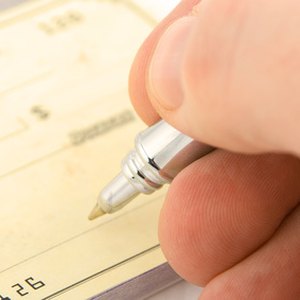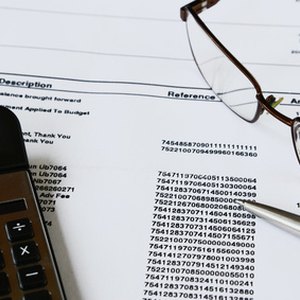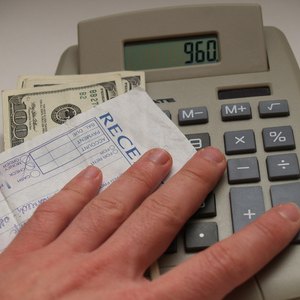
Most people do not want to keep their checkbook records any longer than they have to. Carbonless checkbooks and the carbon copy type are treated the same from a tax perspective. The Internal Revenue Service has three years from the date you file to audit your federal tax return. You have the same three year period to file an amended return if you find a mistake. The IRS recommends keeping your check records during this time.
Exceptions

The IRS can contest your return for six years past the filing date if you under-reported gross income by 25 percent or more. That is why most tax advisers caution their clients to retain tax records for the year of the most current filed return plus the previous six years for a total of seven years. There is no limit on the number of years of back tax returns the IRS can investigate when someone has failed to file their tax return or has filed a fraudulent return.
Checkbooks vs. Other Records

Checkbook record keeping is an important way of keeping track of income and expenses as long as all transactions, such as deposits and electronic debits are entered. If only paper checks are noted, checkbooks have less value in preparing a tax return. Because bank statement information is often brief, the check register or stub record can provide additional information about statement transactions.
Proof of Deductions

Checkbooks are only a record, not proof of income or a deduction. Canceled checks or their images or the actual sales receipt or bill of sale is the real proof of a deduction. Canceled checks also substantiate the base or adjusted cost of an asset, such as a home. Proof of deductions should be kept with their related tax returns the full seven years in most cases. Checks and receipts related to assets should be kept in the file with the asset documents.
Checking Materials Aging

In terms of records destruction, checkbooks should be eliminated first, then account statements. The safest way is to shred the records. Checks for and related to assets should be kept for the life of the assets they substantiate and in some cases, permanently.
Electronic Records

Some national banks retain up to seven years of checking account statements that can be accessed online, but not all of them have check images available going back seven years. Regional banks with online banking may be able to provide only 12 to 16 months worth of records. Downloading and saving a year’s worth of statements can be done at tax filing time. Check images that support deductions can also be downloaded to significantly reduce or eliminate the need for paper records. The information should be backed up with a second, saved copy. You then have the choice to discard your checkbook stubs or registers, along with the paper account statements.
References
Writer Bio
In her career, Maryann Kay has transitioned from advertising writer to corporate financial/consumer vice president on billion-dollar businesses. Along the way, she mastered entrepreneurship consulting, wine importing/travel and real estate businesses. A frequent speaker, writer and financial, travel and home care blogger, Kay's writing has appeared in national publications such as the "New York Times," "Wall Street Journal" and "Advertising Age."

